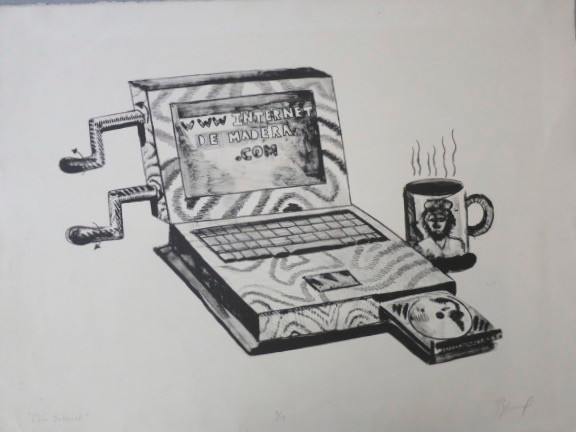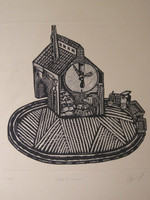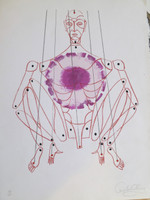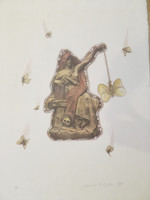- Travel
-
Exhibits
- La Portada Cubana
- Immortal Cuba: Artists Take on Their Heroes
- Seattle Poster Exhibit
- Sandra Dooley & Alejandrina Cué
- The Art of Wayacón
- Cuban Folk Art
- Cuba In Black And White
- 25 Years of Cuban Art Space
- Summer Folk Art Expo
- ¡SPRING AWAKENING FROM CUBA!
- Celebrating The Art Of Cuban Women
- Celebrating Paper, Affordable Art from Cuba
- Art of the Revolution
- Outsider Art
- Lost and Found
- En la lucha: Celebrating Cuban Women and Their Art
- Cuban Art Stash
- 100 Fires: 5 Cienfuegos Artists' Work on Paper
- Waya + Monte! Magic Realism in Cienfuegos
- Viva Cuba Viva! Poster Show
- Cultivando Sueños
- Black Lives Matter in Cuba Jan 9-March 27
- Leandro Soto: Crónicas visuales
- Cuban Canvas
-
Archive
- Global Reflection 2018: Spirit and Community
- Exhibit in the cloud: Contemporary Works on Paper
- MADE IN CUBA! MINNEAPOLIS EXHIBIT
- Cuban Posters and Photography from CCS collection
- AUTUMN SALE! Sept/Oct 2017
- SPRING ARTS AND CRAFT SALE
- Vuelo Directo/Non Stop: Alberto & Alejandro Lescay
- The Many Faces of Fidel
- Somos
- Made in Cuba!
- The US empire in Cuban graphics
- Made in Cuba/Seattle exhibit
- Entre Nos
- Looking Back
- Cuban Art Space
- Membership/Donate
- About Us
- Cuba News
-
Abel Barroso was born in 1971 in Pinar del Rio, Cuba, and currently lives and works in Havana. He was educated at the National School of Visual Arts and at the Higher Institute of Art, both in Havana, Cuba.
Barroso is one of the artists whose recent work has been focused on the theme of migration and its significance beyond the Cuban context. While many of his peers choose to work from an autobiographical approach, Barroso favors a general commentary, emphasizing the social aspect. His latest work focuses on the stress of people’s movement into and out of the country, highlighting factors such as the lack of certainty generated by the waiting, and the insecurity of being able to complete the process, as key components of the anxiety. He is commenting especially about the connection, or lack thereof, between the so-called first and third-worlds throughout these migratory processes. In his pieces he represents the exchange between both worlds as a symbiotic analogy, influenced by the social and economic state of affairs that distinguish each place.
He has created a very personal and peculiar iconography based on the intrinsic quality of objects. By using the matrix as oeuvre instead of the traditional print, the artist is rooting for the object. His work is overall sober, avoiding superficial and distracting elements such as color or polished finish. Conceptually his oeuvre has always leaned towards a caustic approach to the chosen subject, in this instance migration. By taking advantage of the satirical and witty tradition in Cuban Art, Barroso is masking the political content of his work behind an apparently fresh and lighthearted vision of the situation. He is offering a playful take on a new social order, where the older structures are completely obsolete and the new rules are dictated by different players, therefore presenting a new social scenario.
His work has been extensively exhibited and can be found as part of the collection of important museums and institutions around the world, such as the Museum of Modern Art, New York (MOMA); the Whitney Museum of American Art, New York; the National Museum of Fine Arts, Havana, Cuba; the Blanton Museum at the University of Texas, Austin; The University of Arizona Museum of Art, Phoenix, Arizona; and the University of South Florida Contemporary Art Museum, Tampa, Florida among others.
-
-
Discover More at the Center for Cuban Studies







